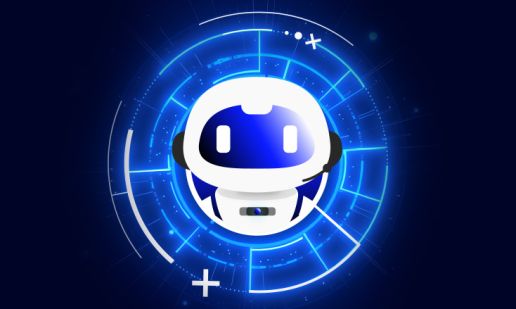5G is a Team Game. Optimize Partnership Management
- Published
- 3 min reading
There is no doubt that developing 5G-based services has opened new opportunities for enterprises related to the telecommunications industry, and more. New offers and new streams of revenue are also a big challenge for modern telecoms. There is a need to deepen partnerships in the 5G ecosystems with all players engaged in providing 5G services to fulfill rapidly changing demands of end-customers.
Parties involved in the 5G game
What does it mean when we say that 5G is a team game? First of all, telecoms should be aware of the power of partnerships. It is necessary to know roles of every partner, and to create a way to simplify cooperation based on strengths. Common work can be awarded with great successes that will not happen if every player works on their own.

Among the parties involved in partnerships based on 5G services, we can mention available assets, but also risks and challenges. The way in which the relations between the parties are arranged affects how successfully obstacles are overcome, or how the available resources are managed optimally.
Key factors of success are also to put customers’ needs at the center of interest, and to communicate with them with simple, understandable language. The product portfolio should be easily accessible and flexible enough to be used by non-technical people. How can you achieve this?
Manage and connect all parties with a single tool – Enterprise Portal
To be ready to face the modern market’s demands, we should start with considering why we need new applications. The answer is simple: easy-to-use, graphical tools can be supportive in connecting all parties, with huge, cross-domain functionalities that are adapted to users. It is also a great way to address the needs of all, not only the end-users. It is worth remembering that a DSP (digital service provider) customer is not only from the telco industry, so the tool should be accessible for everyone.
Enterprise Portal creates a convenient trading place, a know-how agora, where it is possible to conduct inter-partner cooperation in areas such as data models, APIs and network slice models. It is a complementary solution for all parties, one universal stack for users and partners. The ease of use by various entities is also influenced by the fact that it enables model-driven processes, which is helpful when you have no time to design processes every time you need a new product or service.








